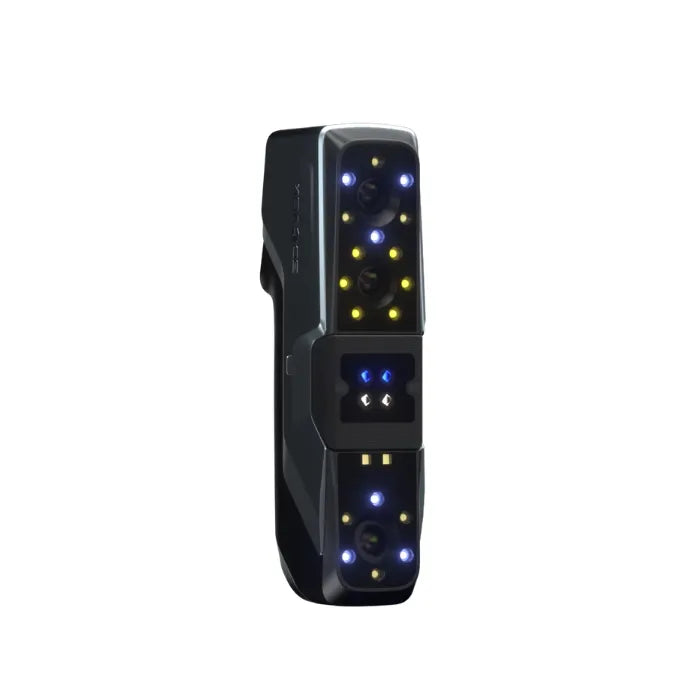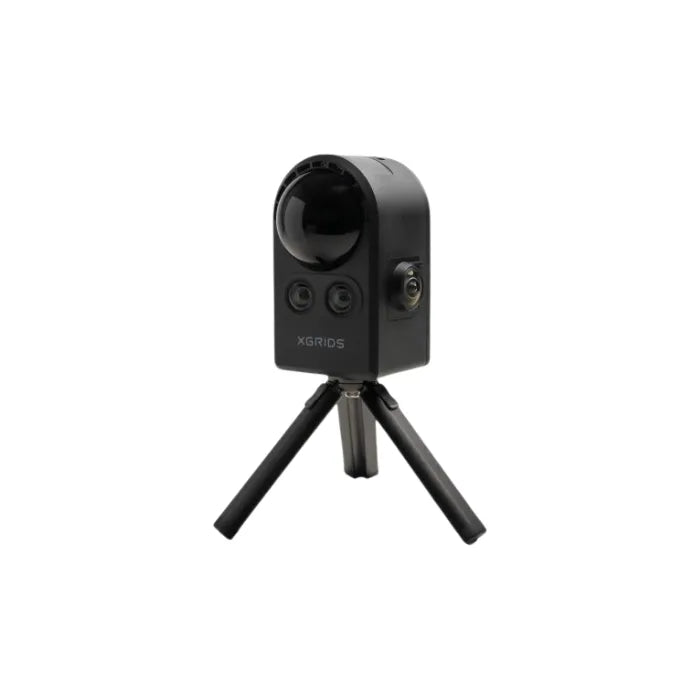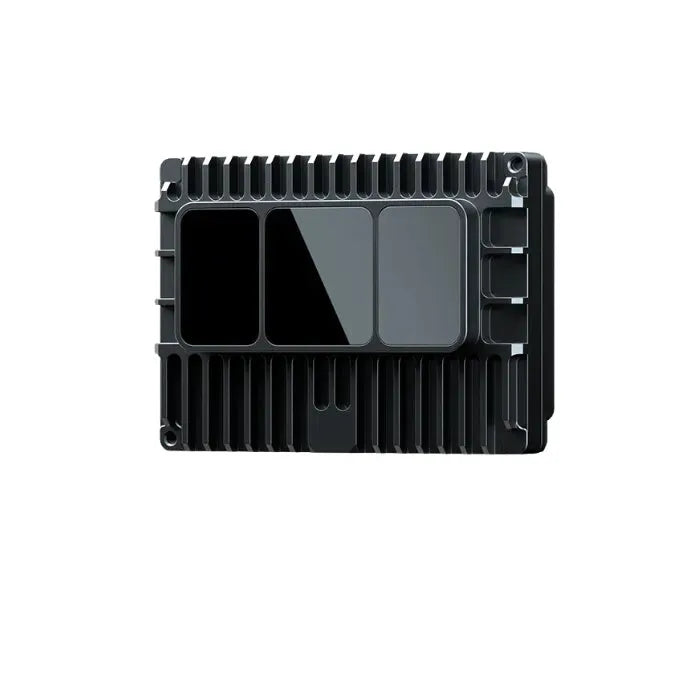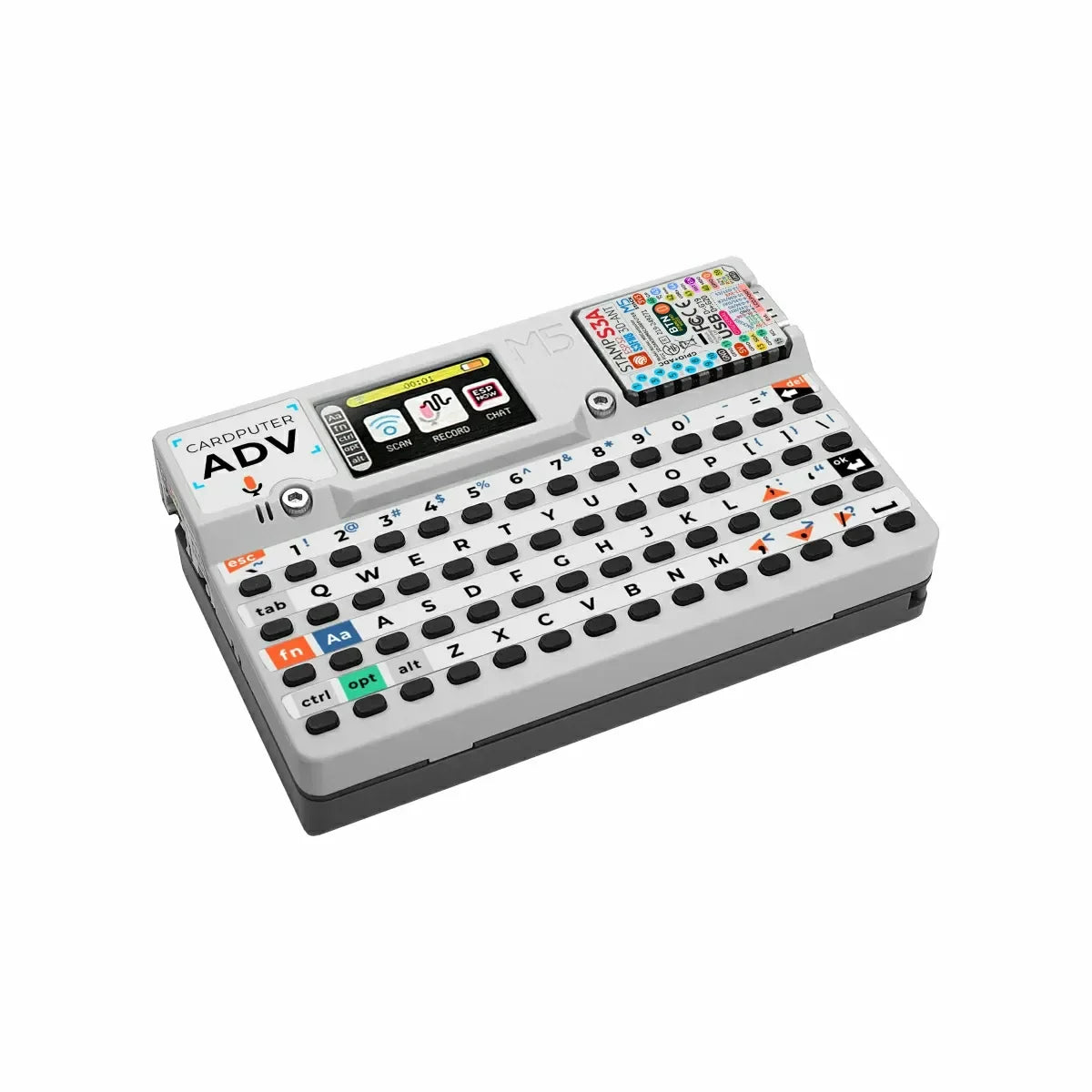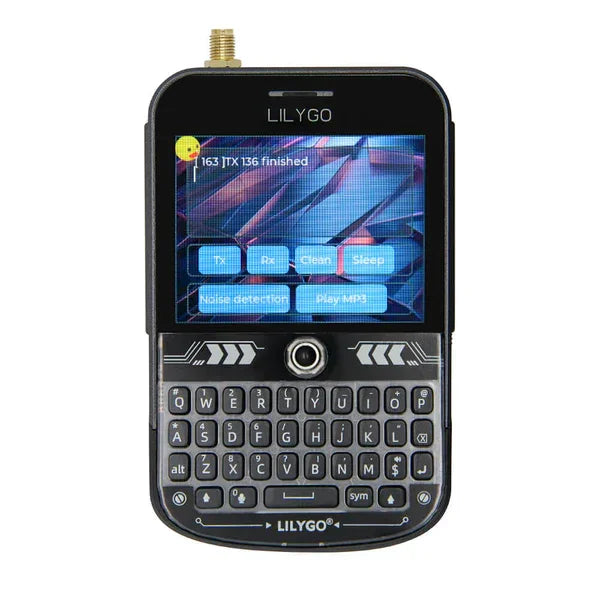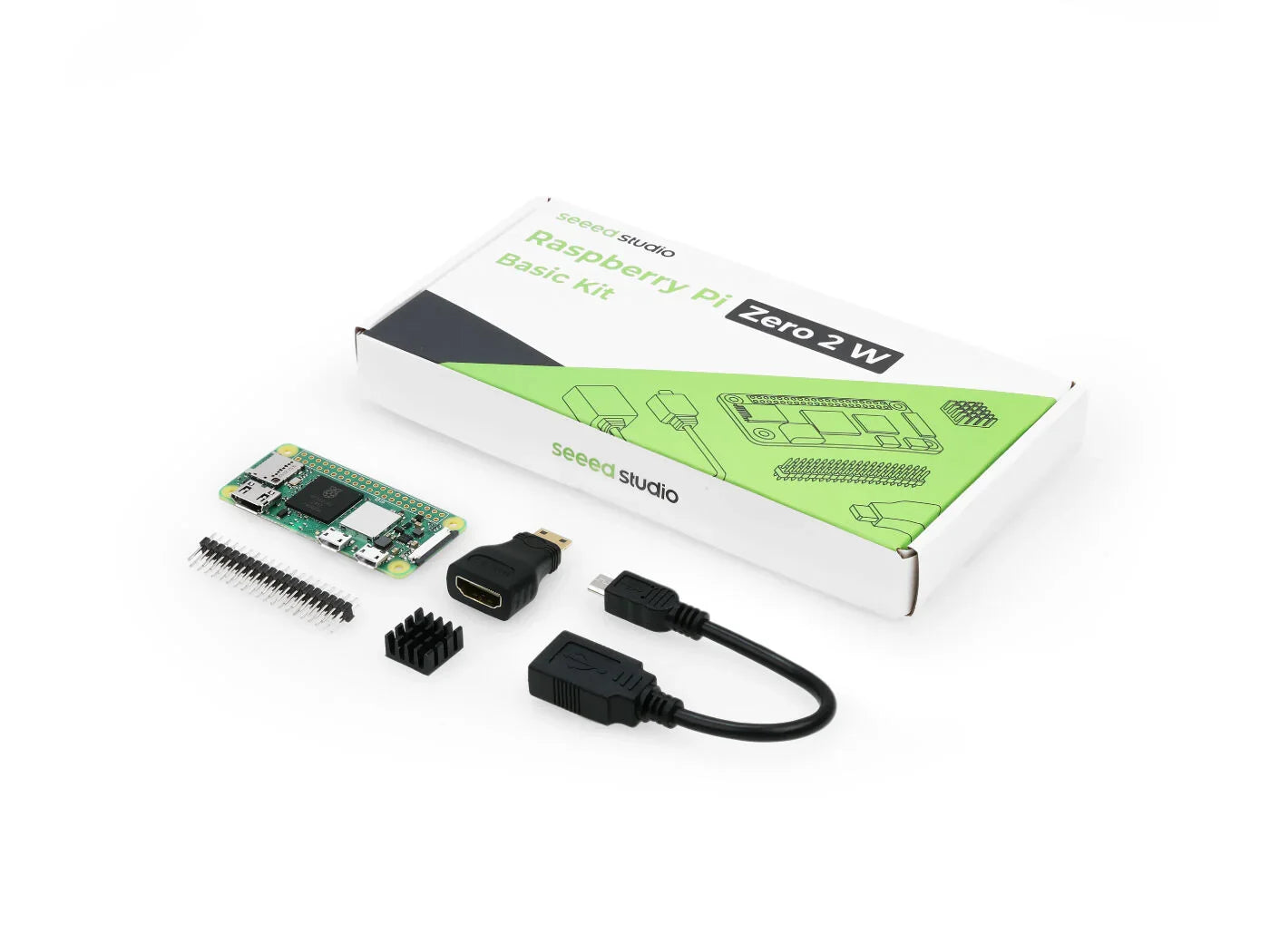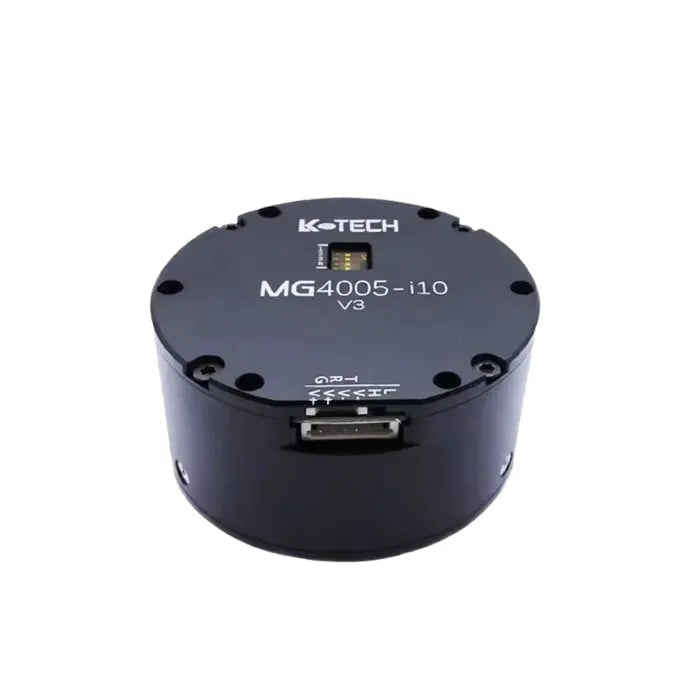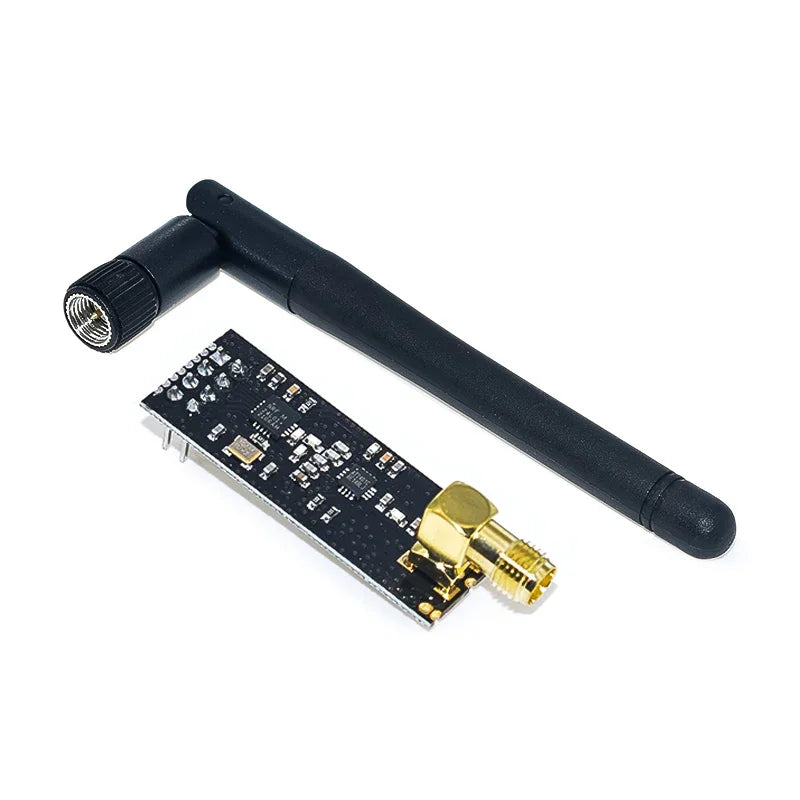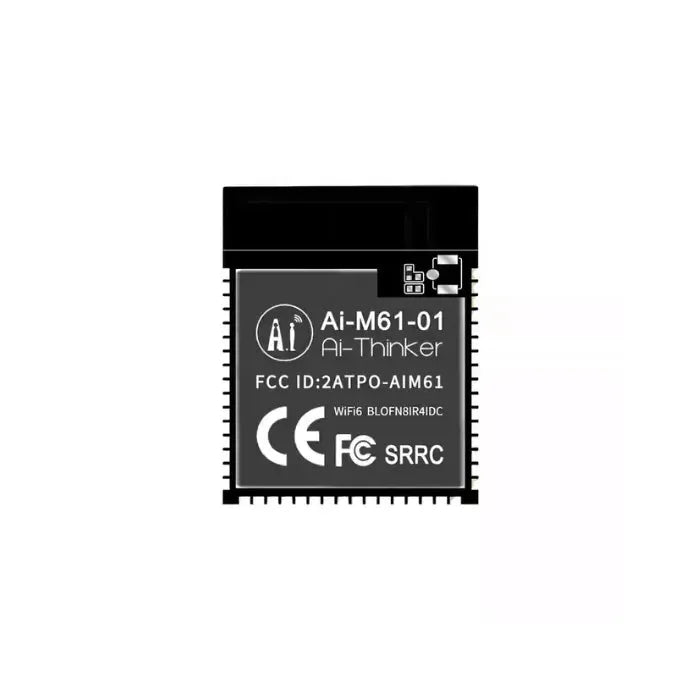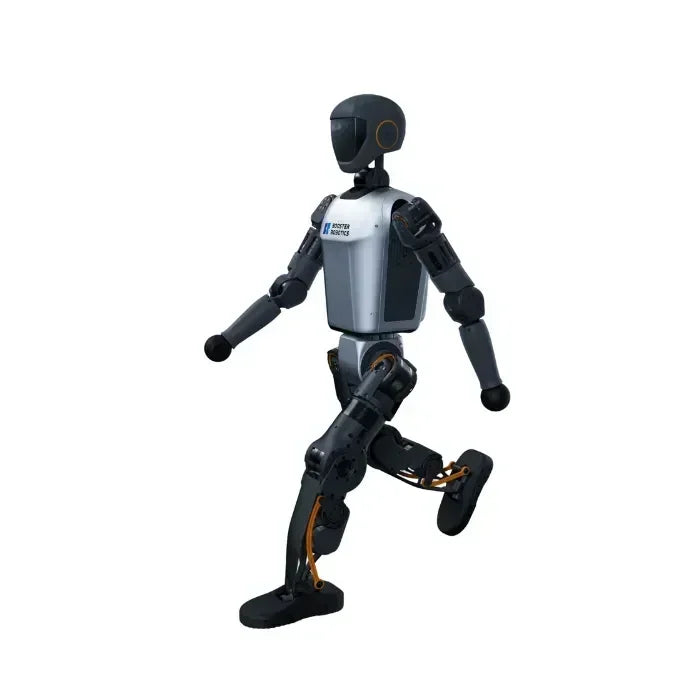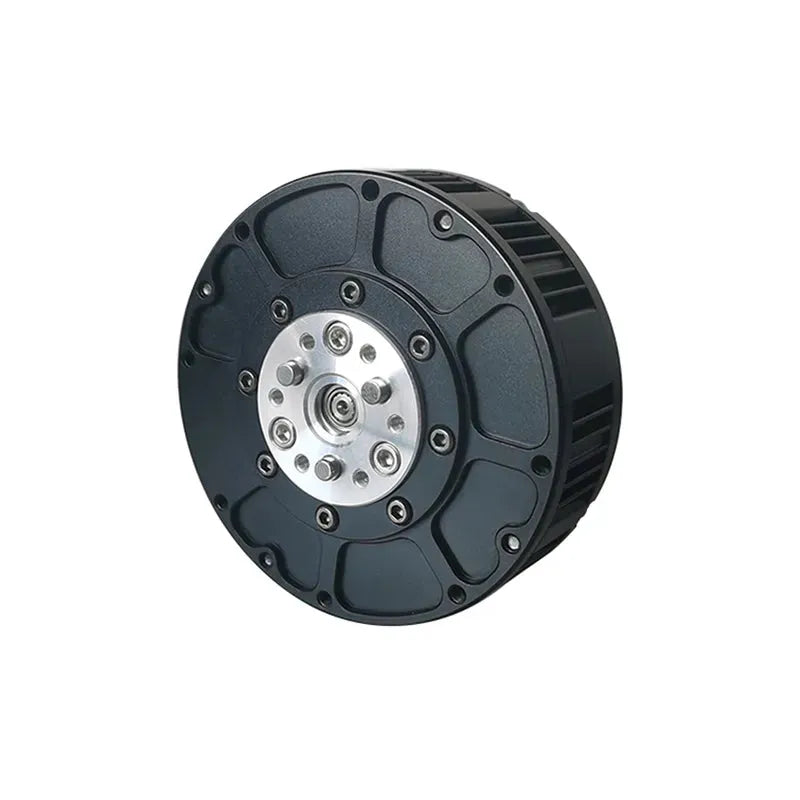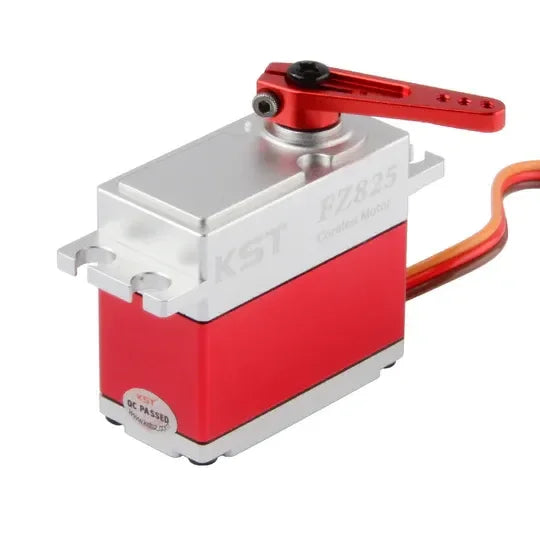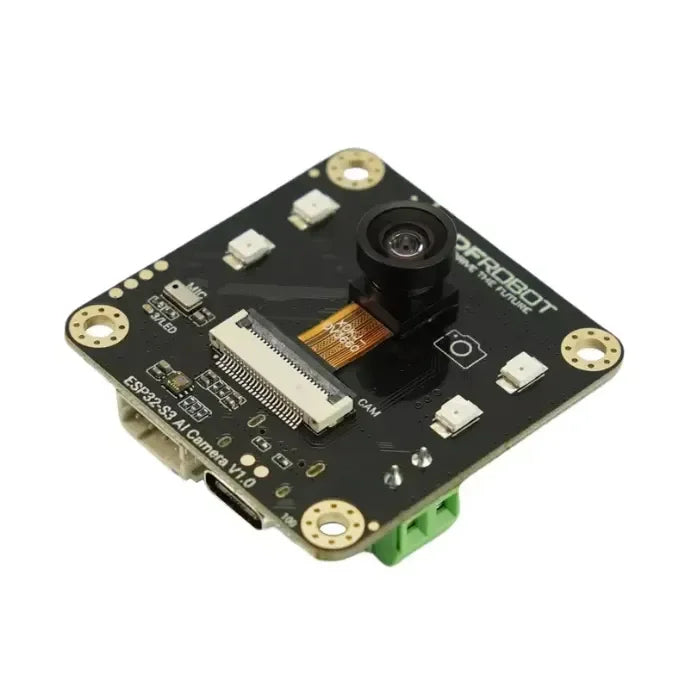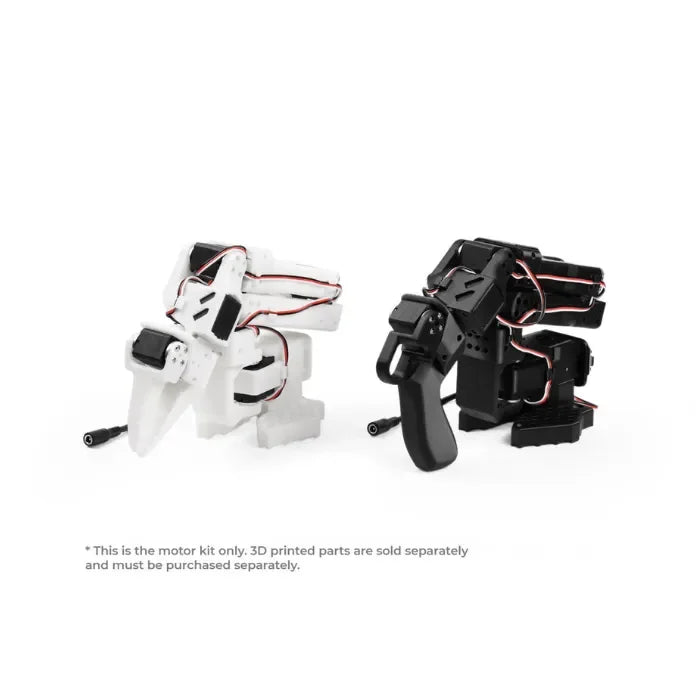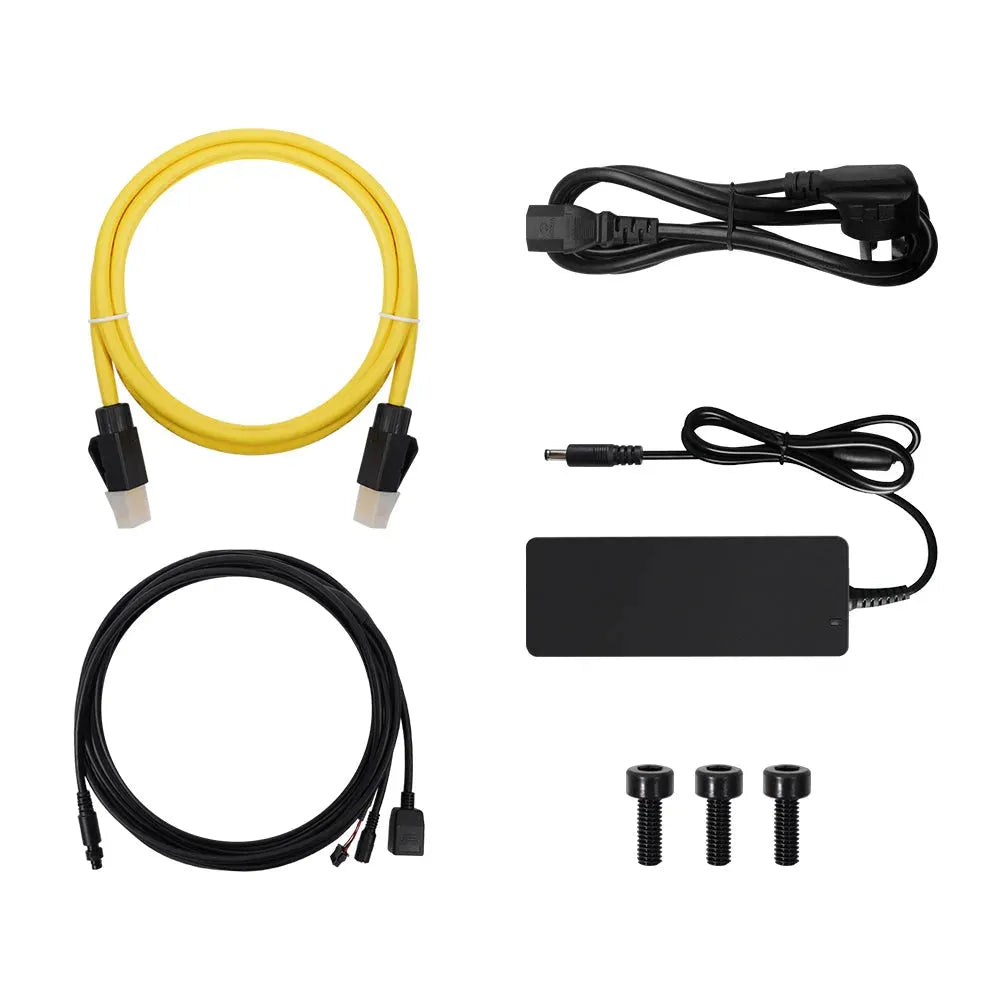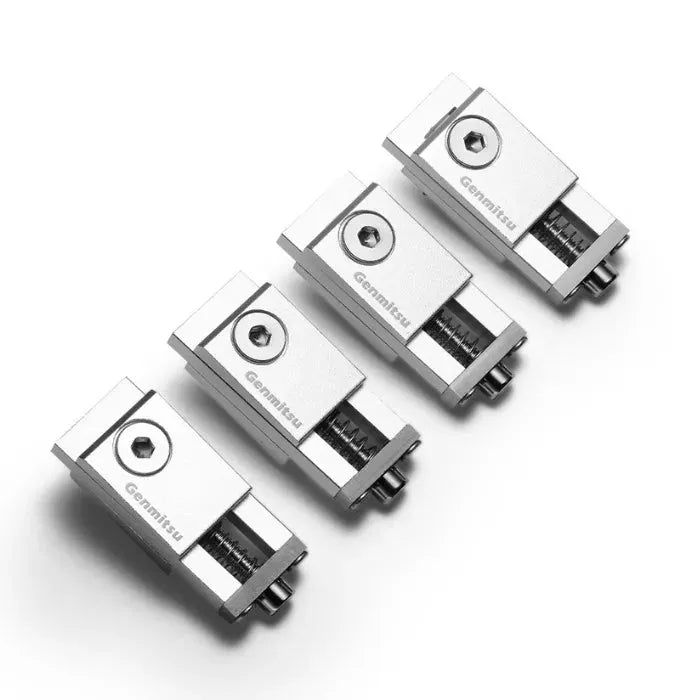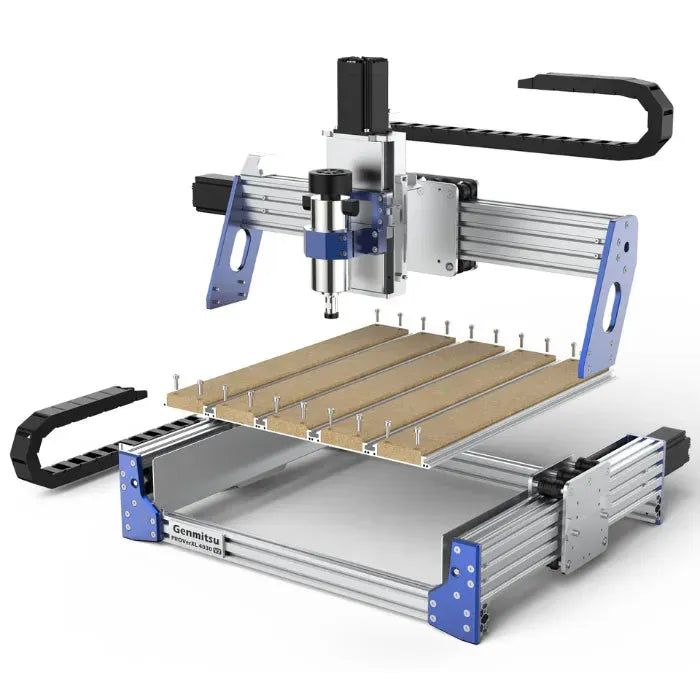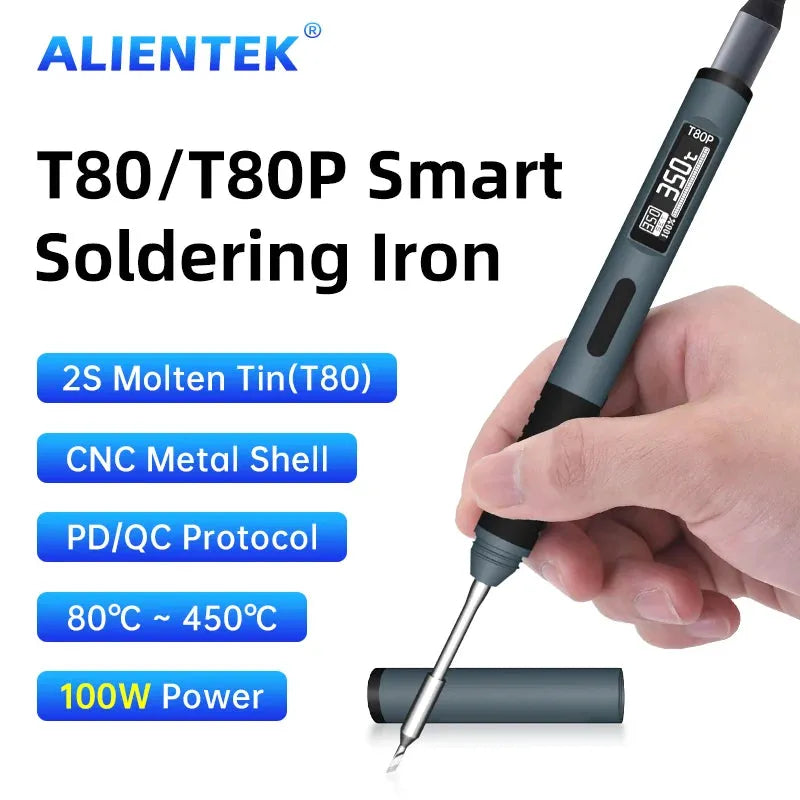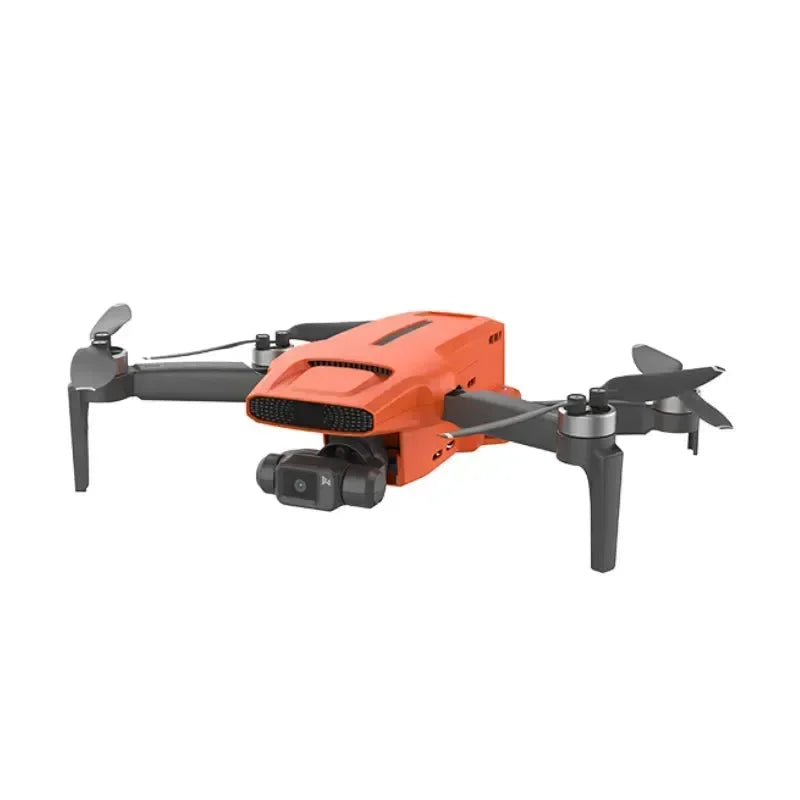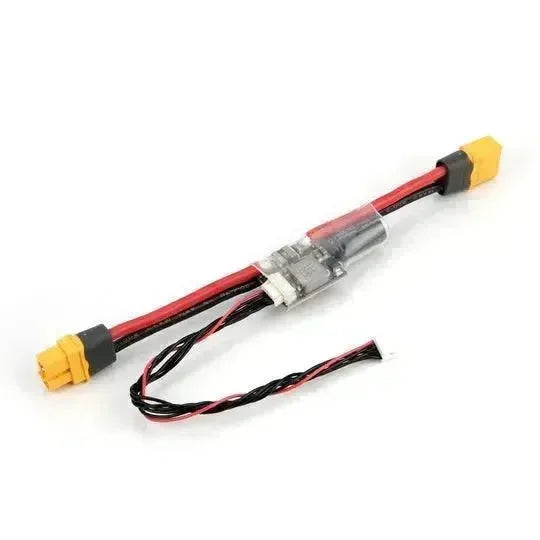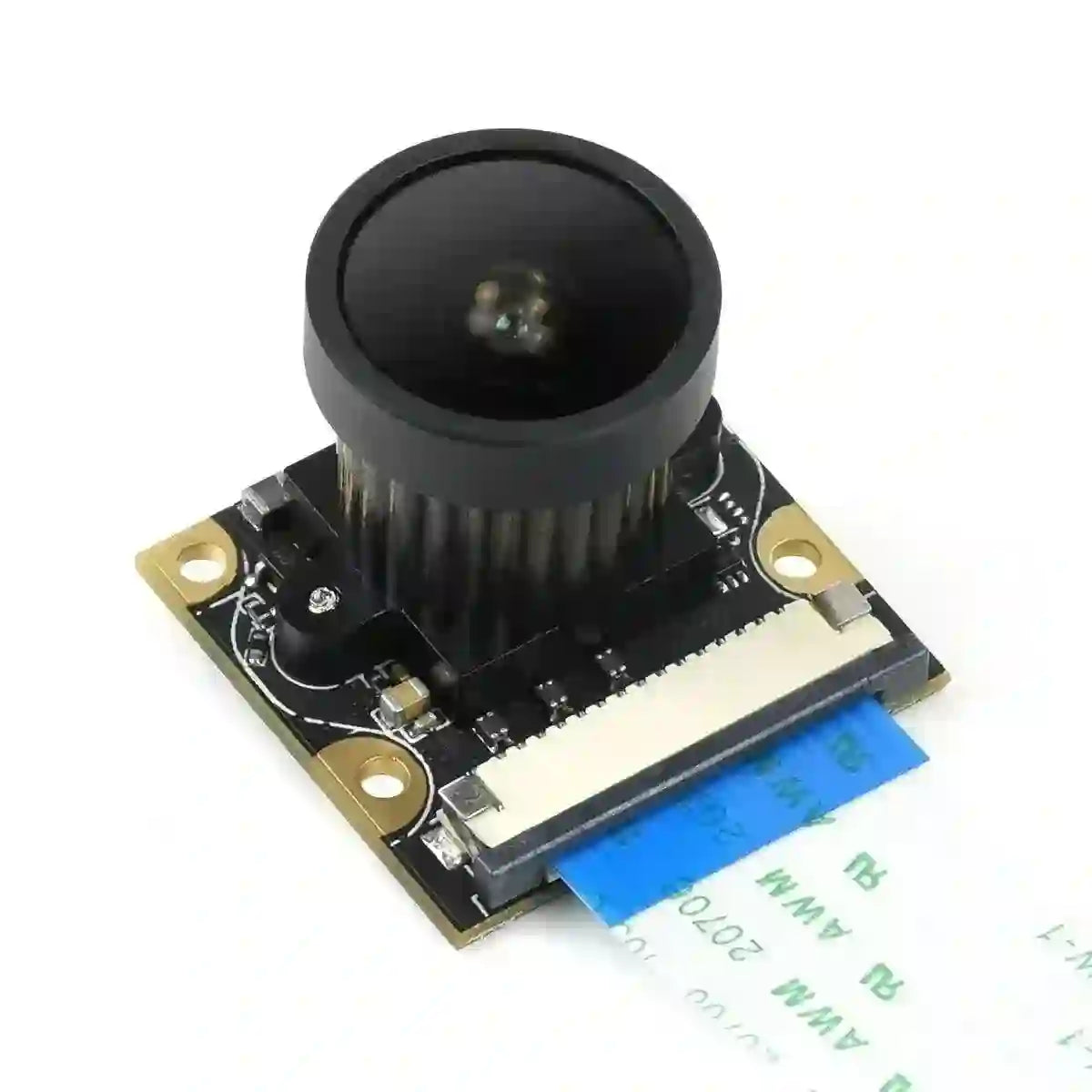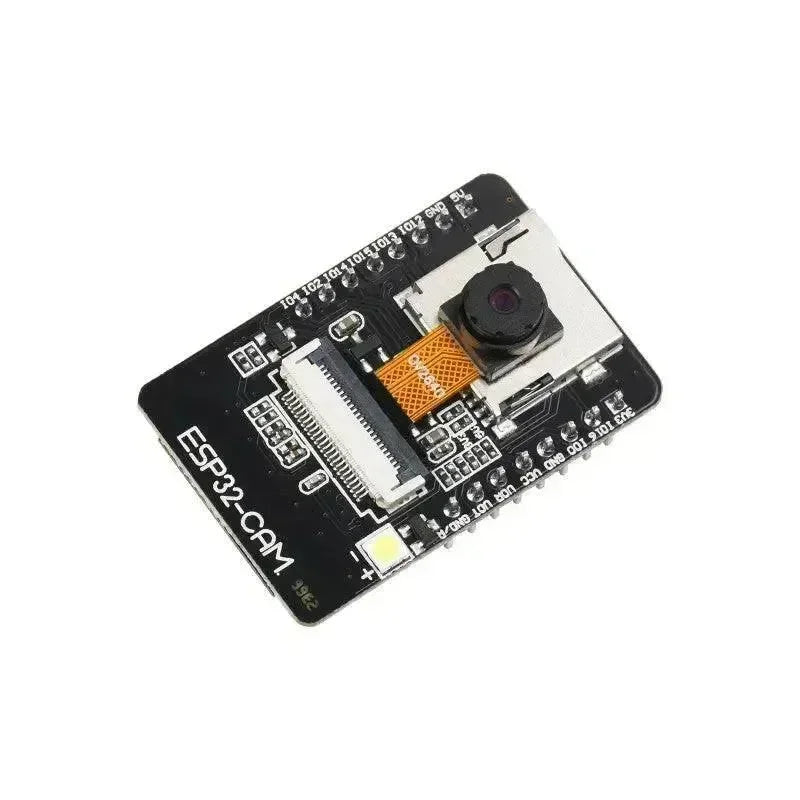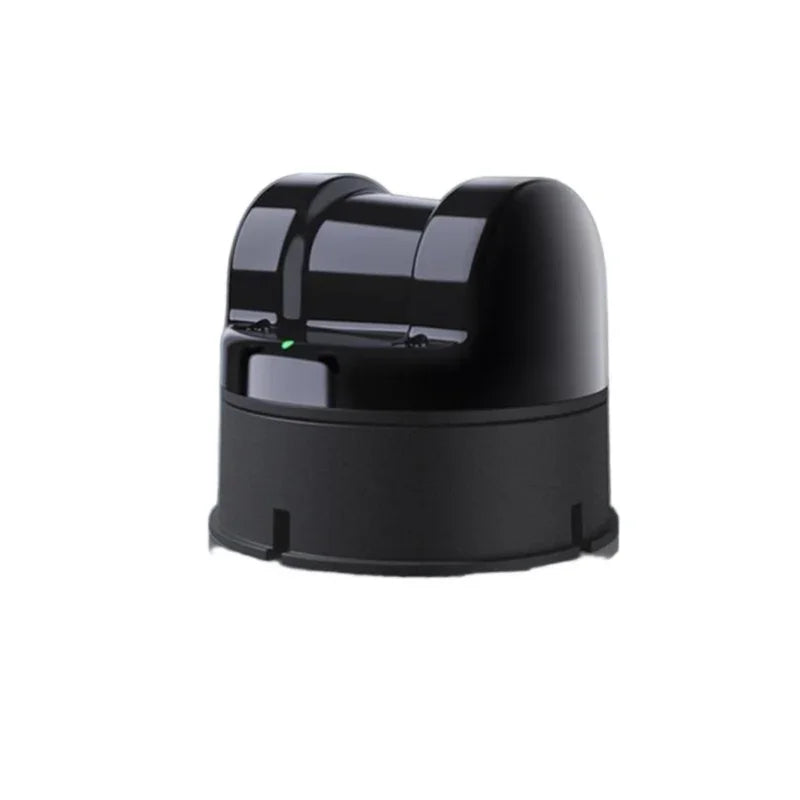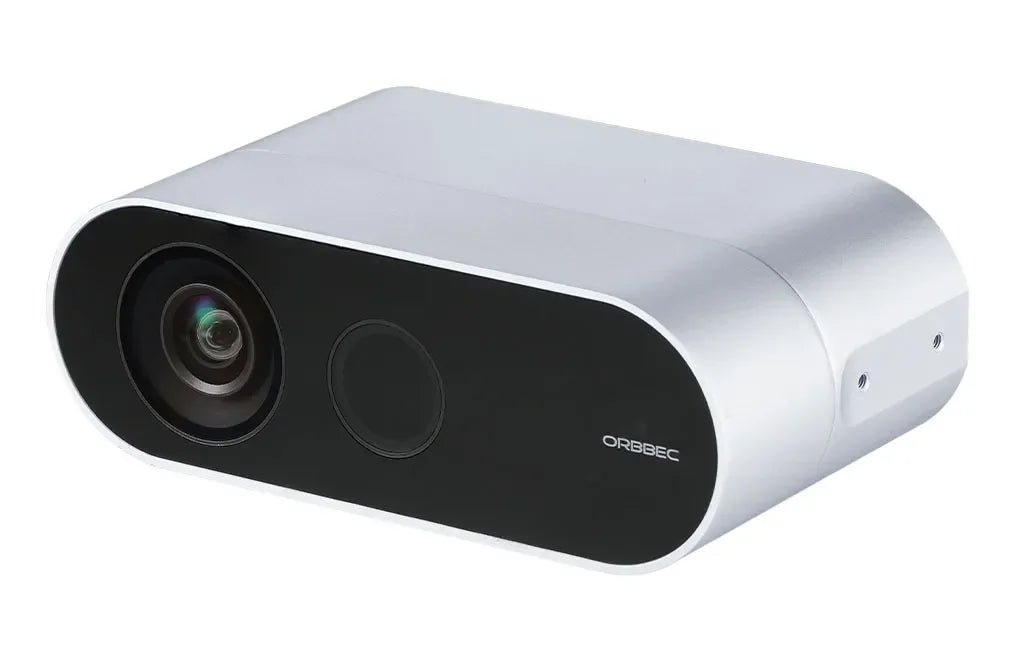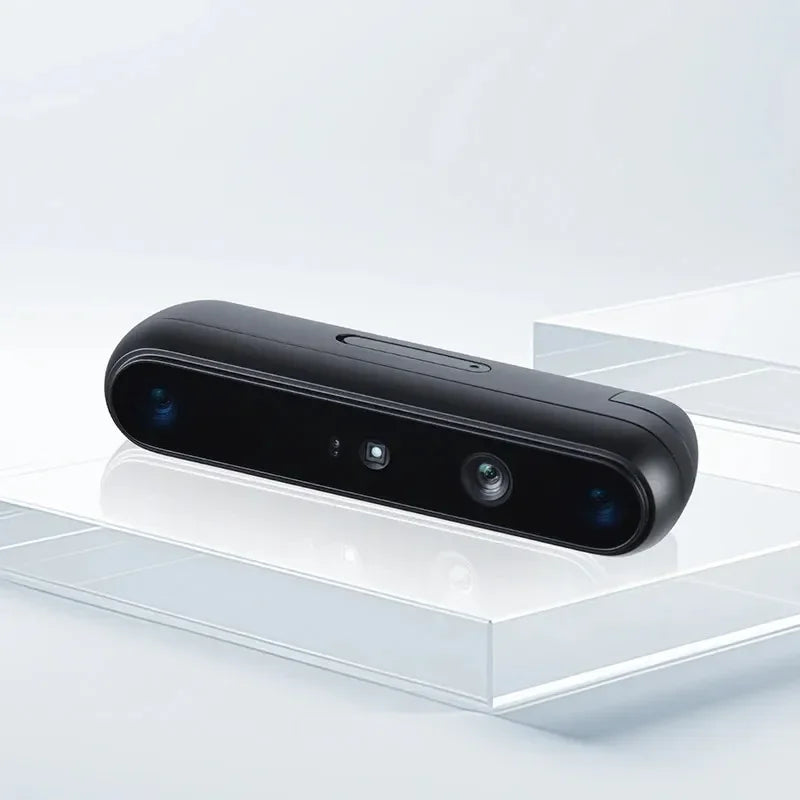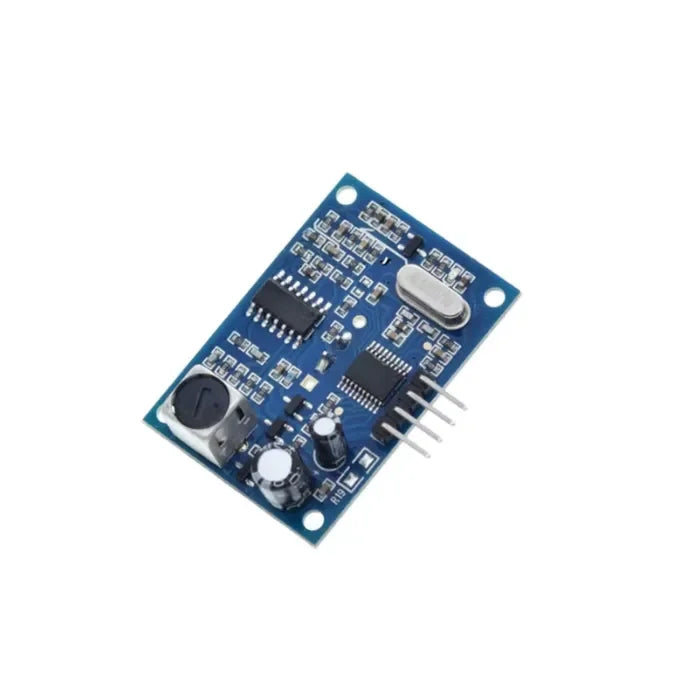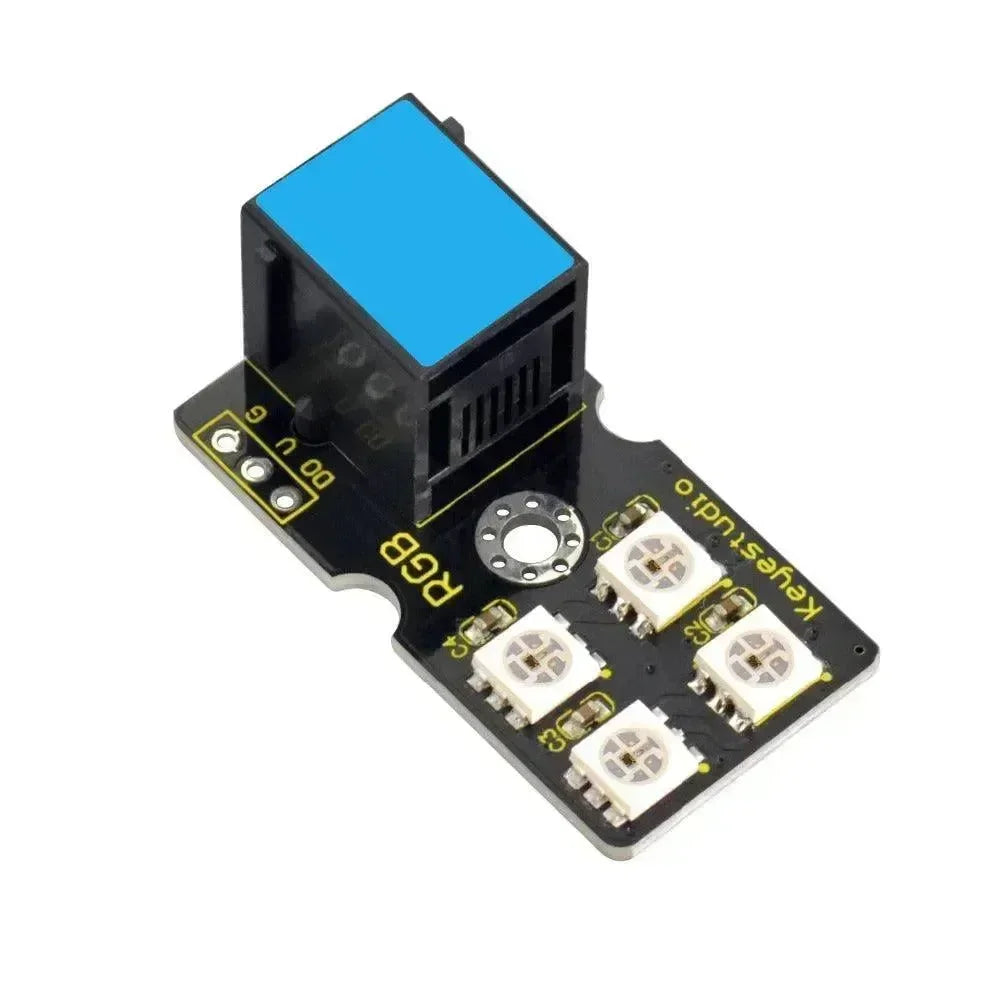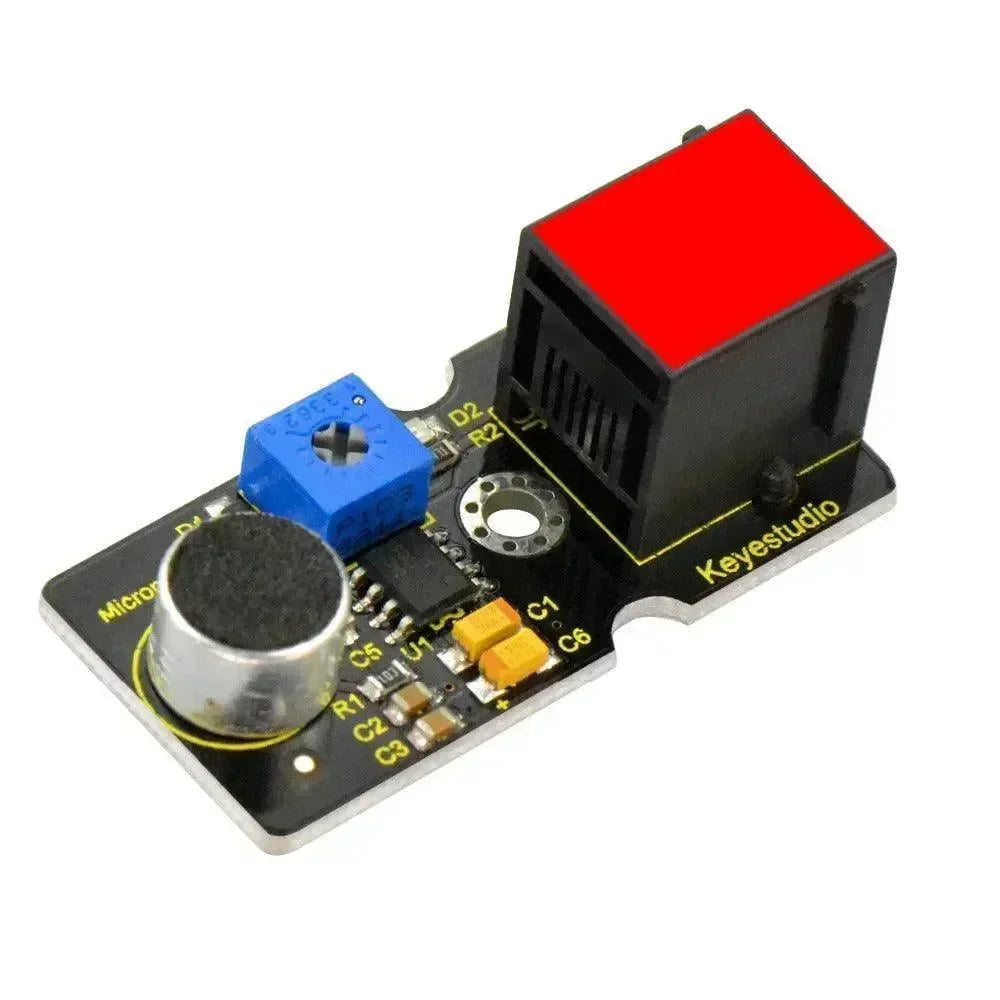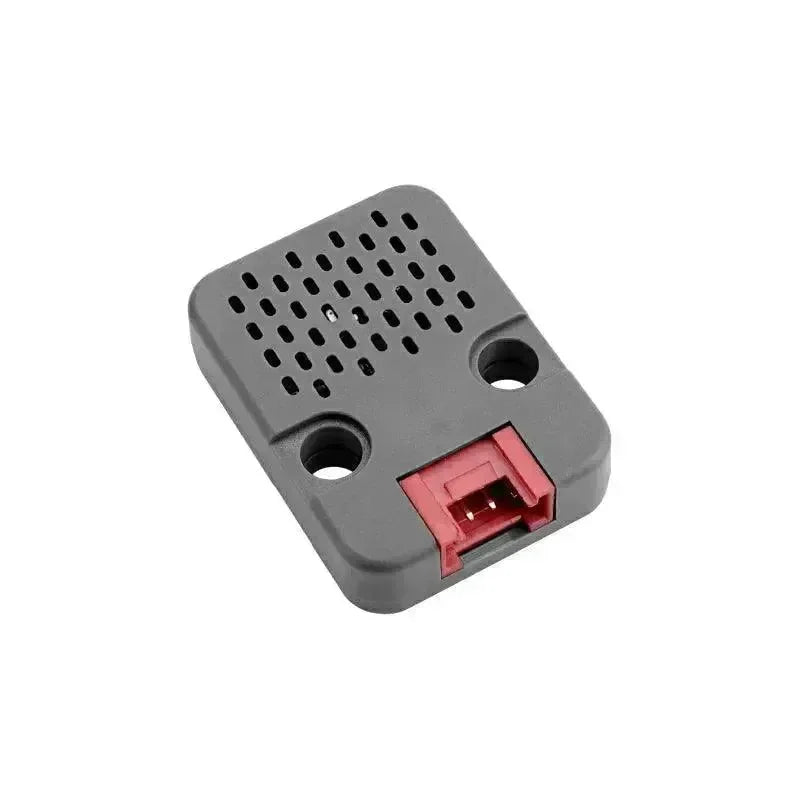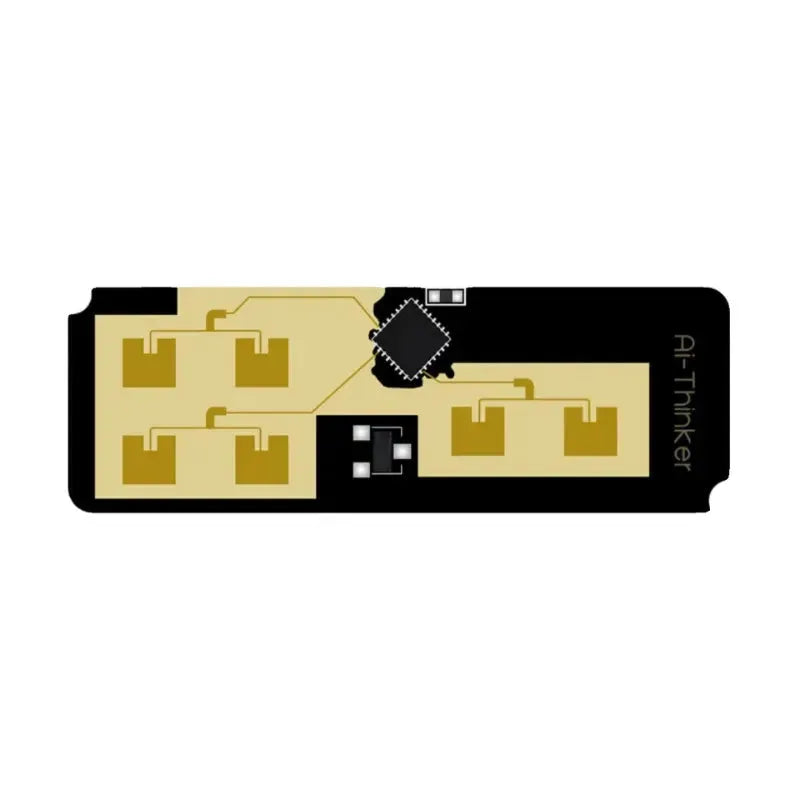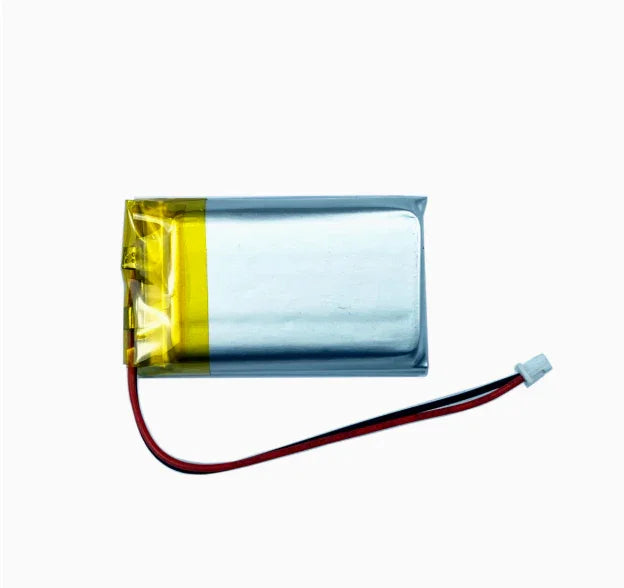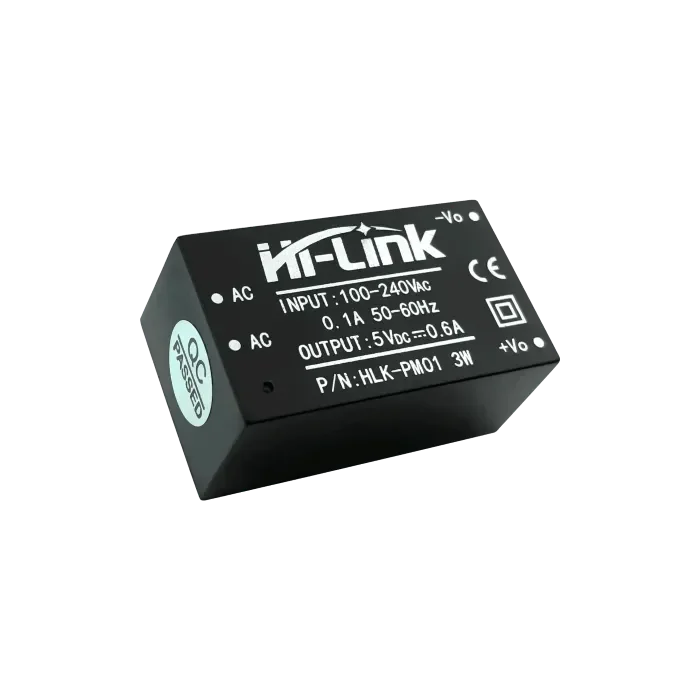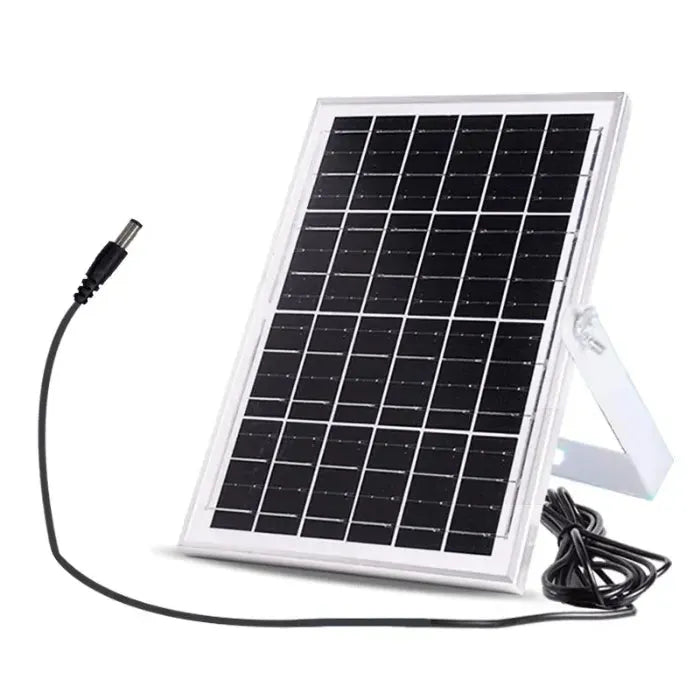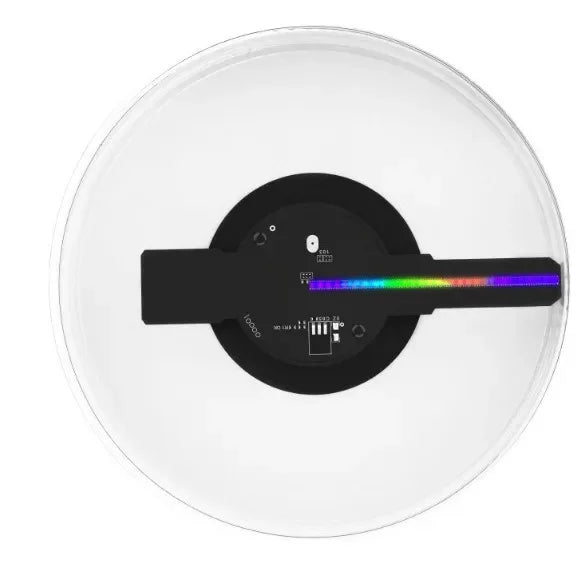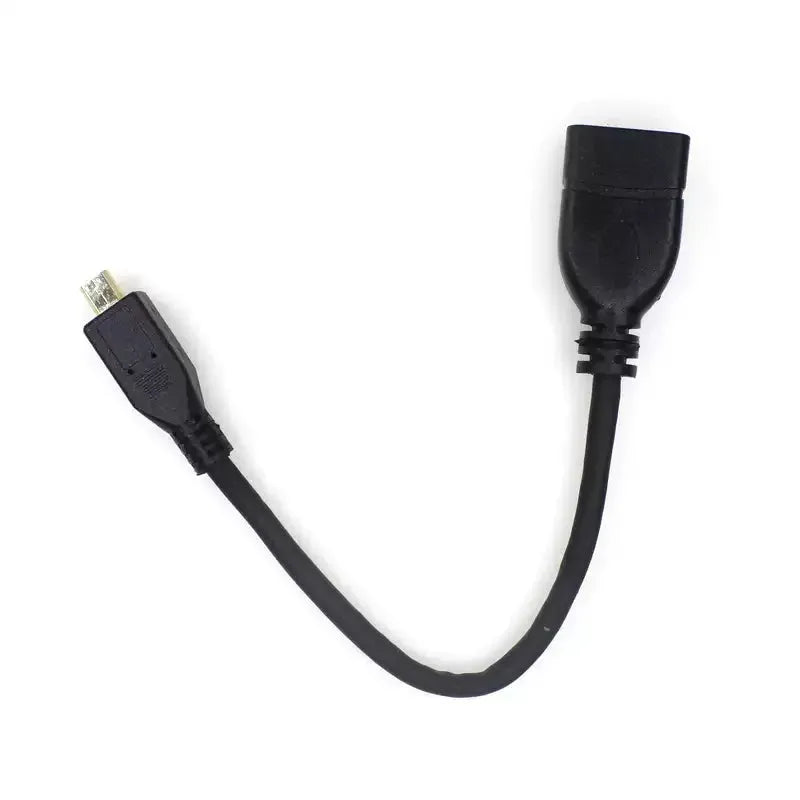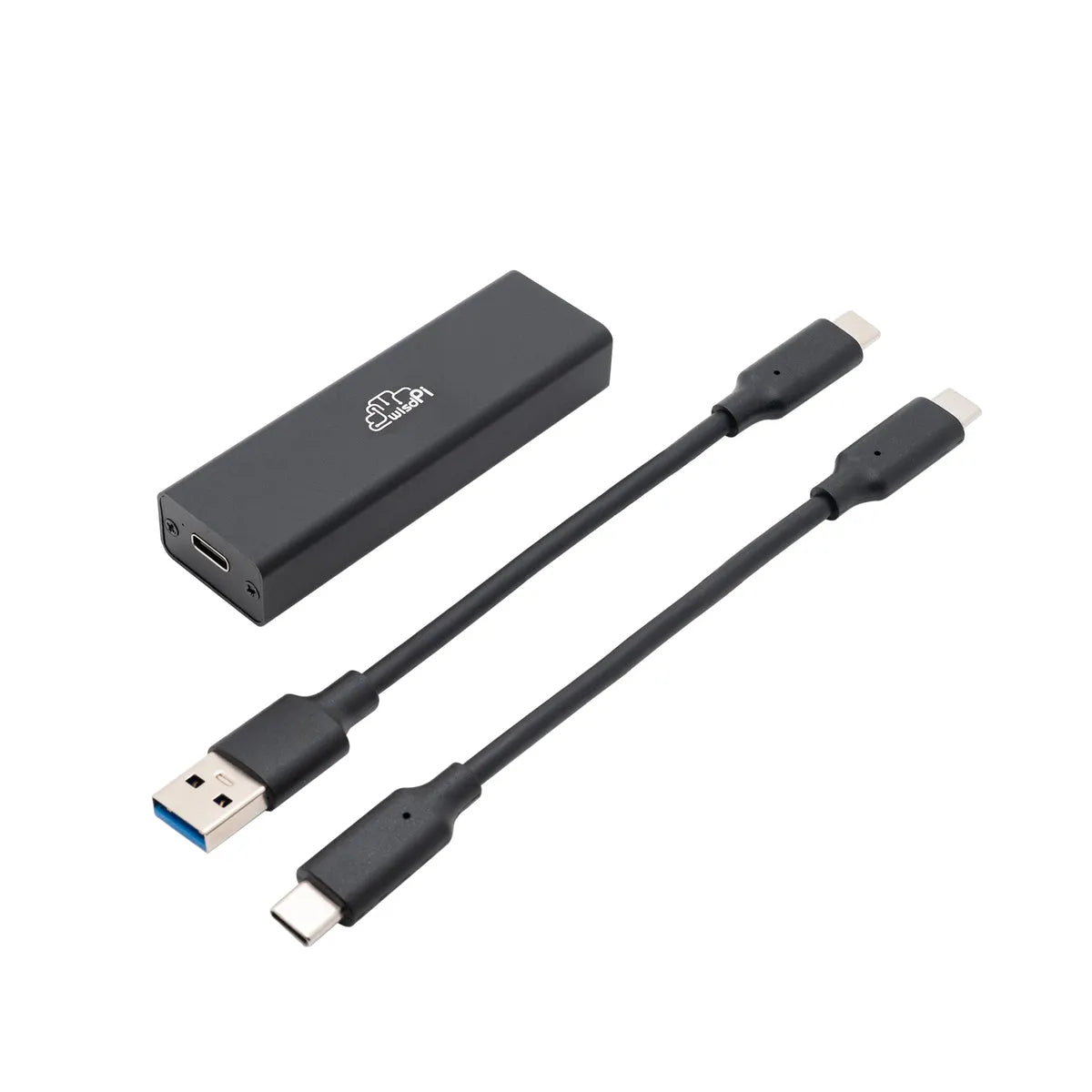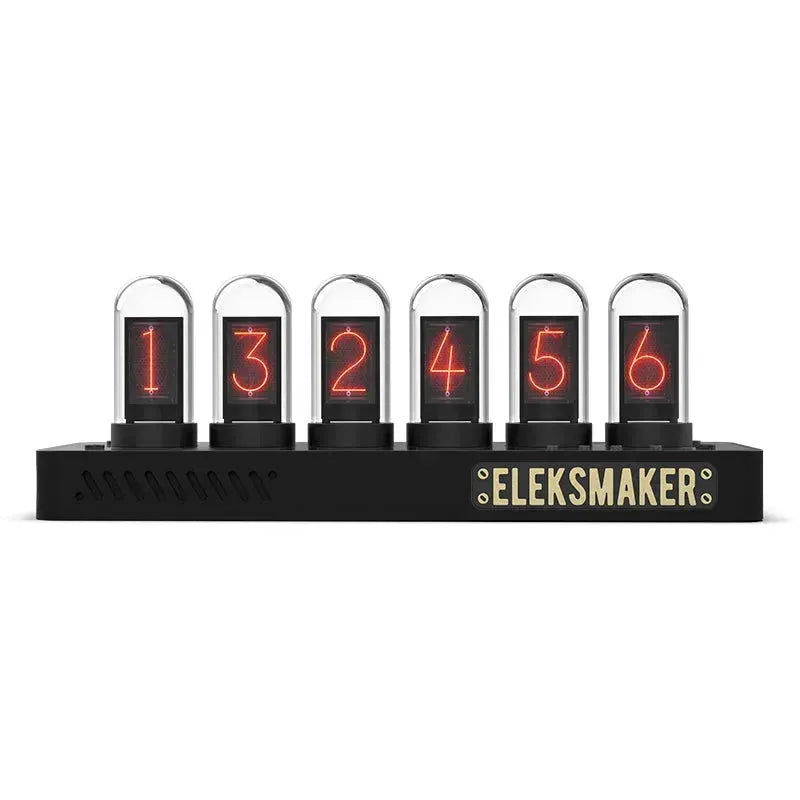Cos'è l'E-paper?
E-paper, o carta elettronica, è una tecnologia di visualizzazione progettata per replicare l'aspetto e la sensazione tattile della carta tradizionale, offrendo un'esperienza di lettura confortevole. Utilizza una serie di tecnologie, come elettroforesi, elettrowetting e elettrocromismo, per produrre un display a basso consumo simile alla carta. I display e-paper sono noti per la loro caratteristica di memoria dell'immagine, che consente di mantenere il contenuto visualizzato senza alimentazione continua, rendendoli ideali per applicazioni a commutazione a bassa frequenza come segnaletica ed etichette.
Una delle caratteristiche distintive dei display e-paper è la loro natura riflettente; riflettono la luce ambientale anziché emetterla, migliorando la leggibilità anche sotto la luce diretta del sole. Questa caratteristica, unita a basso consumo energetico, alta riflettività, alto contrasto e ampi angoli di visione, ha contribuito alla crescente popolarità della tecnologia e-paper. Viene comunemente applicata in vari dispositivi, tra cui e-reader, etichette elettroniche per scaffali (ESL), menu digitali, segnali stradali e dispositivi di monitoraggio logistico.
Inoltre, la carta elettronica si è evoluta per supportare display a colori e riproduzione video, rafforzando il suo ruolo come soluzione di visualizzazione moderna. Tuttavia, nonostante i suoi vantaggi, l'esposizione prolungata ai raggi ultravioletti (UV) può causare il degrado dei materiali e influire sulla qualità del display. Per massimizzare la durata dei display ePaper, si raccomanda di minimizzare l'esposizione diretta alla luce solare per lunghi periodi.

Vantaggi e Caratteristiche della Carta Elettronica
-
Consumo Energetico Ultra-Basso: ePaper utilizza energia minima per contenuti statici, estendendo la durata della batteria per lunghe letture di eBook senza frequenti ricariche.
-
Eccellente Leggibilità: Imitando la carta tradizionale, ePaper offre un contrasto eccezionale e ampi angoli di visione, assicurando una lettura chiara in varie condizioni di luce, incluso il sole diretto, con riduzione dei riflessi.
-
Comfort per gli Occhi: La luce riflessa invece dell'autoilluminazione riduce l'affaticamento visivo, migliorando l'esperienza di lettura per sessioni prolungate.
-
Ultra-Sottile e Leggero: ePaper è più sottile e leggero dei display tradizionali, facilitando l'integrazione in dispositivi come lettori di eBook, etichette intelligenti e dispositivi indossabili, garantendo facile portabilità.
-
Scenari di Applicazione Diversificati: Oltre ai lettori di eBook, ePaper è versatile, usato in etichette intelligenti, pannelli pubblicitari, biglietti da visita elettronici e dispositivi indossabili.
-
Eco-Compatibilità: Ridurre la necessità di carta tradizionale aiuta a diminuire la deforestazione, e la sua produzione ecologica supporta lo sviluppo sostenibile.
-
Conservazione a Lungo Termine dei Contenuti: ePaper mantiene i contenuti visualizzati senza alimentazione aggiuntiva, rendendolo ideale per display fissi come etichette elettroniche dei prezzi.
-
Durabilità: Molti prodotti ePaper sono impermeabili e antipolvere, garantendo prestazioni affidabili in ambienti diversi.
-
Design Flessibile e Pieghevole: La più recente tecnologia ePaper consente display flessibili, ampliando le possibilità di applicazione in dispositivi indossabili e design innovativi.

Principio di Funzionamento della Carta Elettronica
Display Elettroforetici
Display Elettroforetici (EPD) nella carta elettronica utilizzano il movimento di particelle cariche all'interno di microcapsule per creare immagini. Ogni microcapsula è riempita con un fluido trasparente contenente particelle molto piccole di diversi colori e cariche elettriche. Ecco il principio di funzionamento specifico:
-
Struttura della microcapsula: Un display elettroforetico è composto da milioni di microcapsule, ciascuna contenente un liquido trasparente con particelle cariche sospese che sono tipicamente nere e bianche.
-
Applicazione del campo elettrico: Quando un campo elettrico viene applicato alle microcapsule, le particelle cariche iniziano a muoversi. Per esempio, quando una carica positiva viene applicata alla parte superiore della microcapsula, le particelle nere caricate negativamente sono attratte verso l'alto, mentre le particelle bianche caricate positivamente si spostano verso il basso.
-
Meccanismo di visualizzazione del colore: Questo movimento delle particelle crea colori specifici sulla superficie. Quando le particelle caricate negativamente salgono in cima, il display appare nero, mentre quando le particelle caricate positivamente si spostano verso l'alto, la superficie appare bianca. Controllando con precisione il campo elettrico in ogni microcapsula, il display può portare selettivamente alcune particelle in superficie, formando l'immagine o il testo desiderato.
-
Ritenzione dell'immagine: Una volta raggiunta la configurazione desiderata delle particelle, il display richiede pochissima energia aggiuntiva per mantenere quell'immagine. Invertendo la polarità del campo elettrico, le particelle possono cambiare posizione, permettendo al display di aggiornarsi e mostrare nuove informazioni.

Display elettro-wetting
I display elettro-wetting (EWD) funzionano controllando la tensione superficiale dei liquidi tramite tensioni applicate, che manipolano gocce di olio colorato su una superficie idrofobica. Questo meccanismo innovativo consente al display di riprodurre contenuti visivi diversi, inclusi testi e immagini. Ecco una spiegazione dettagliata di come funzionano i display elettro-wetting:
-
Struttura del display: Un display elettro-wetting è composto da molte piccole celle, ciascuna contenente un liquido polare trasparente e uno strato di olio colorato che si trova sopra una superficie idrofobica. Questi componenti sono racchiusi all'interno di un substrato, con ogni cella che funziona come un singolo pixel.
-
Manipolazione della tensione superficiale: Il principio alla base dell'elettro-wetting si basa sulla regolazione dell'angolo di contatto di una goccia su una superficie quando viene applicato un campo elettrico. Quando non viene applicata tensione, l'olio rimane come una goccia più grande sulla superficie idrofobica, assumendo una forma dettata dalla tensione superficiale.
-
Applicazione della tensione: Quando viene applicata una bassa tensione alle celle, la tensione superficiale cambia all'interfaccia tra l'olio e il liquido polare. Questo effetto fa sì che la goccia d'olio si contragga e si diffonda sul substrato. In sostanza, l'applicazione della tensione altera la bagnabilità della superficie, permettendo all'olio di occupare un'area più piccola.
-
Creazione di Interruttori Ottici: Il movimento della goccia d'olio crea un effetto di interruttore ottico aperto o chiuso. Quando la goccia d'olio si ritira dal contatto con la superficie (a causa della contrazione indotta dalla tensione), rivela il liquido polare trasparente sottostante. Questo cambiamento può efficacemente commutare il display tra due stati: l'olio colorato che mostra o nasconde ciò che si trova sotto di esso.
-
Rappresentazione dell'Immagine: Controllando selettivamente le tensioni applicate a ogni cella, si possono formare numerosi schemi, permettendo al display di riprodurre testo, immagini o persino video. Le posizioni variabili delle gocce di olio colorato creano il contenuto visivo sul display.
-
Reversibilità: Il processo è reversibile; cambiando nuovamente la tensione, le gocce possono essere riportate alle loro posizioni originali o in nuove posizioni, permettendo al display di aggiornarsi rapidamente. Questo consente cambiamenti dinamici dei contenuti, proprio come i display tradizionali.

Display Elettrocromici
I Display Elettrocromici (ECD) utilizzano il fenomeno dell'elettrocromismo, dove i materiali cambiano colore in risposta a una corrente elettrica. Ecco una spiegazione dettagliata di come funzionano:
-
Materiali Elettrocromici: Gli ECD sono realizzati con materiali capaci di subire reazioni chimiche reversibili—ossidazione e riduzione—quando sottoposti a un campo elettrico.
-
Struttura di Base: Un display elettrocromico è composto da più strati: lo strato elettrocromico che cambia colore con la tensione applicata, uno strato conduttivo per il flusso di corrente, uno strato elettrolita con ioni per le reazioni elettrochimiche, e un elettrodo di contro che completa il circuito per questi processi.
-
Applicazione della Tensione: Quando una tensione viene applicata attraverso il materiale elettrocromico in presenza di un elettrolita, si innescano reazioni di ossidazione e riduzione. L'ossidazione comporta la perdita di elettroni, portando a un cambiamento di colore nel materiale elettrocromico, mentre la riduzione comporta il guadagno di elettroni, che può riportare il materiale al suo colore originale.
-
Meccanismo di Cambiamento del Colore: Il cambiamento specifico del colore dipende dalla struttura chimica del materiale elettrocromico e dalla natura della tensione applicata. Regolando i livelli di tensione e i tempi, si possono ottenere diverse sfumature e colori.
-
Efficienza Energetica: Gli ECD sono efficienti dal punto di vista energetico, richiedendo energia principalmente durante la transizione tra i colori. Una volta raggiunto il colore desiderato, possono mantenere quello stato con un consumo minimo di energia.

Applicazioni della Carta Elettronica
Lettori di E-book
L'applicazione della tecnologia della carta elettronica ai lettori di e-book è particolarmente rilevante. Simula l'aspetto della carta, offrendo agli utenti un'esperienza di lettura confortevole per lunghi periodi e riducendo l'affaticamento degli occhi. Inoltre, grazie alle caratteristiche di basso consumo energetico della carta elettronica, questi dispositivi hanno tipicamente una durata della batteria molto lunga, permettendo agli utenti di utilizzarli per lunghi periodi senza ricaricare.
Un esempio è il M5Paper ESP32 Development Kit V1.1, uno strumento di sviluppo basato sulla tecnologia della carta elettronica. È adatto per prototipazione e applicazioni IoT, permettendo agli utenti di creare una varietà di progetti innovativi di lettura elettronica e display. Clicca per scaricare lo strumento M5Burner mostrato nell'immagine sottostante

Etichette Digitali
La tecnologia della carta elettronica è ampiamente utilizzata nel settore retail per etichette digitali che mostrano prezzi e informazioni promozionali. Ad esempio, il Carta Elettronica Alimentata da NFC permette ai rivenditori di aggiornare facilmente prezzi e promozioni. Ciò consente una determinazione dinamica dei prezzi, aiutando le aziende a rispondere rapidamente ai cambiamenti del mercato. L'alta visibilità e la leggibilità della carta elettronica garantiscono che i clienti possano vedere facilmente le informazioni. Inoltre, l'uso di etichette elettroniche riduce gli sprechi di carta e i costi associati ai cambiamenti manuali dei prezzi, promuovendo la sostenibilità e l'efficienza nelle operazioni di vendita al dettaglio.
Istruzione e Pubblicità
La tecnologia della carta elettronica è efficacemente utilizzata nei settori dell'istruzione e della pubblicità, in particolare per libri di testo elettronici e pubblicità interattive. Ad esempio, il Display E-Paper a quattro colori da 11,6 pollici offre una piattaforma versatile per creare contenuti educativi coinvolgenti. Questa tecnologia consente agli studenti di accedere a libri di testo digitali con colori vivaci e testo chiaro, migliorando l'esperienza di apprendimento.
Nella pubblicità, la carta elettronica può offrire annunci interattivi che catturano l'attenzione dei consumatori in modo più efficace. La capacità di aggiornare facilmente i contenuti permette ai marchi di modificare i messaggi promozionali in tempo reale, garantendo che la loro pubblicità rimanga rilevante e coinvolgente. Complessivamente, l'uso della carta elettronica in questi ambiti migliora la comunicazione e l'interattività, rendendo l'apprendimento e il marketing più efficaci.
Dispositivi portatili intelligenti
La tecnologia della carta elettronica è sempre più utilizzata in dispositivi portatili intelligenti, come i dispositivi Meshtastic. Questi dispositivi beneficiano del basso consumo energetico e dell'eccellente qualità del display della carta elettronica, migliorando significativamente la durata della batteria e la visibilità. Ad esempio, il LilyGO T-ECHO BME280 Meshtastic LoRa dispone di un display a carta elettronica che consente agli utenti di accedere alle informazioni alla luce diretta del sole senza riflessi, rendendolo ideale per attività all'aperto.
La combinazione di lunga durata della batteria e display di alta qualità migliora l'esperienza utente, permettendo un uso prolungato senza frequenti ricariche e fornendo contenuti chiari e leggibili. Questa applicazione della tecnologia della carta elettronica dimostra come possa migliorare la funzionalità dei dispositivi portatili moderni.
Conclusione
La tecnologia della carta elettronica combina efficacemente l'aspetto e la sensazione della carta tradizionale con i vantaggi dei display digitali. Utilizzando meccanismi come elettroforesi, elettrowetting e elettrocromismo, la carta elettronica offre display a basso consumo e ad alto contrasto che sono facili per gli occhi e mantengono il contenuto senza alimentazione continua.
Questa tecnologia eccelle in varie applicazioni, inclusi lettori di e-book, etichette digitali e dispositivi intelligenti, grazie alla sua eccellente leggibilità anche alla luce diretta del sole e al suo design leggero. Inoltre, la sua natura ecologica riduce la dipendenza dalla carta tradizionale, contribuendo alla sostenibilità.
Con l'evoluzione continua della carta elettronica, che supporta display a colori e contenuti interattivi, essa promette di migliorare notevolmente l'esperienza utente in diversi settori, posizionandosi come una soluzione leader nella tecnologia di visualizzazione moderna.

